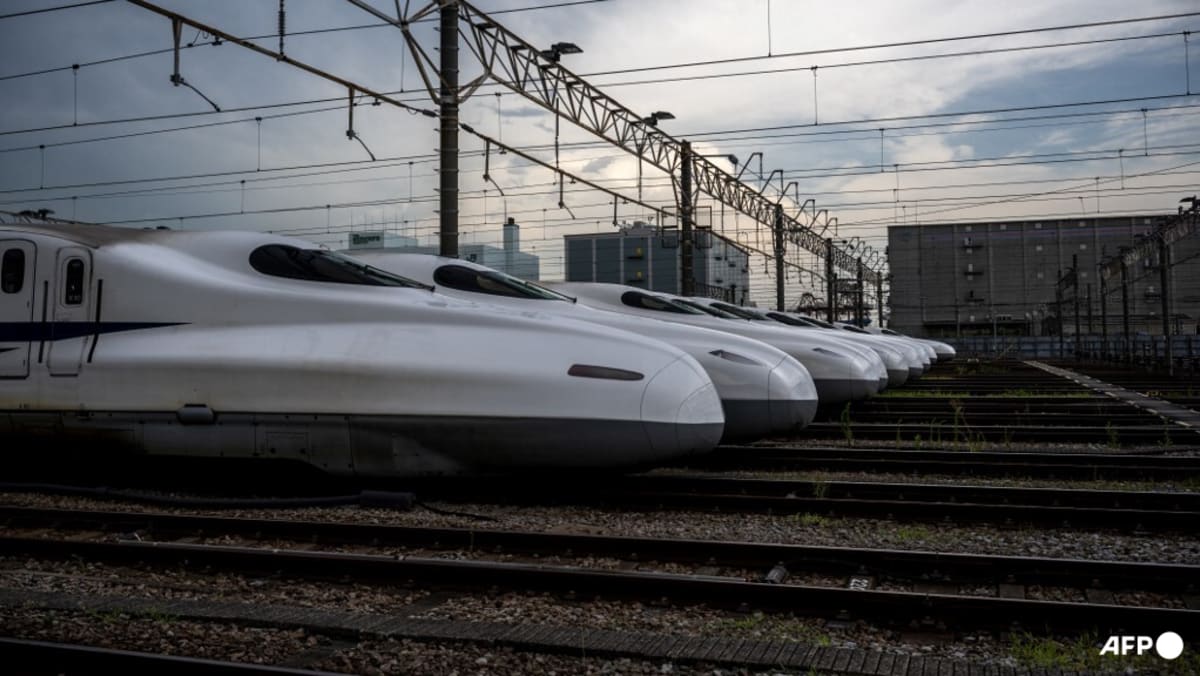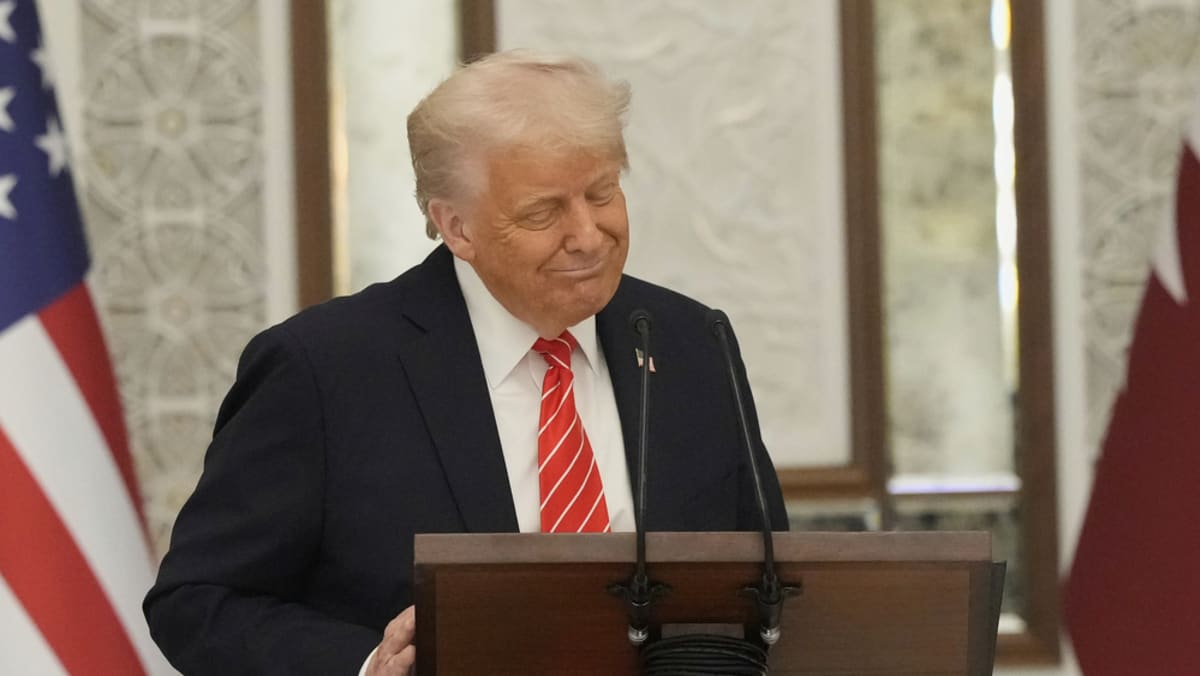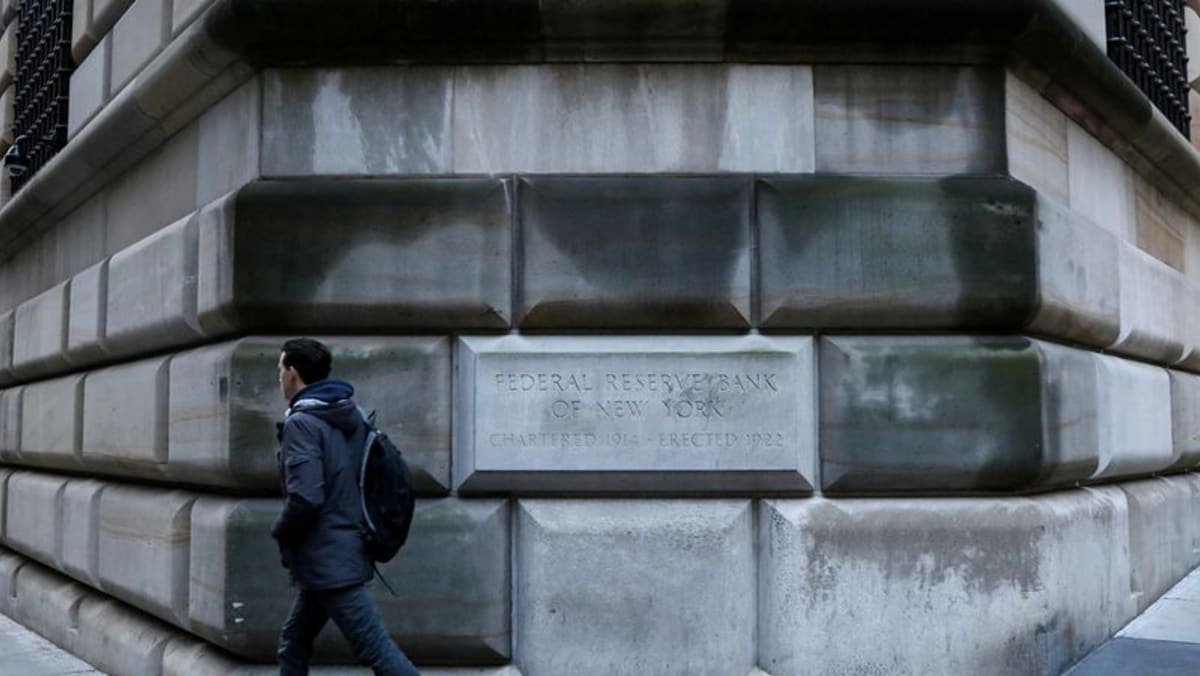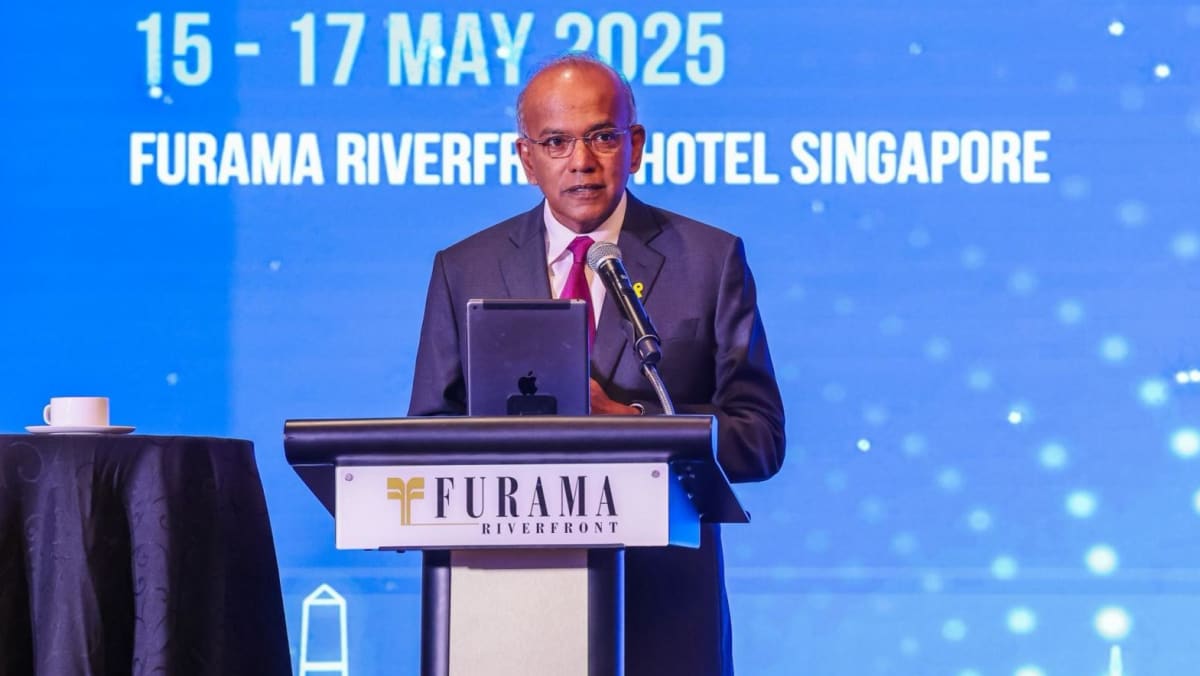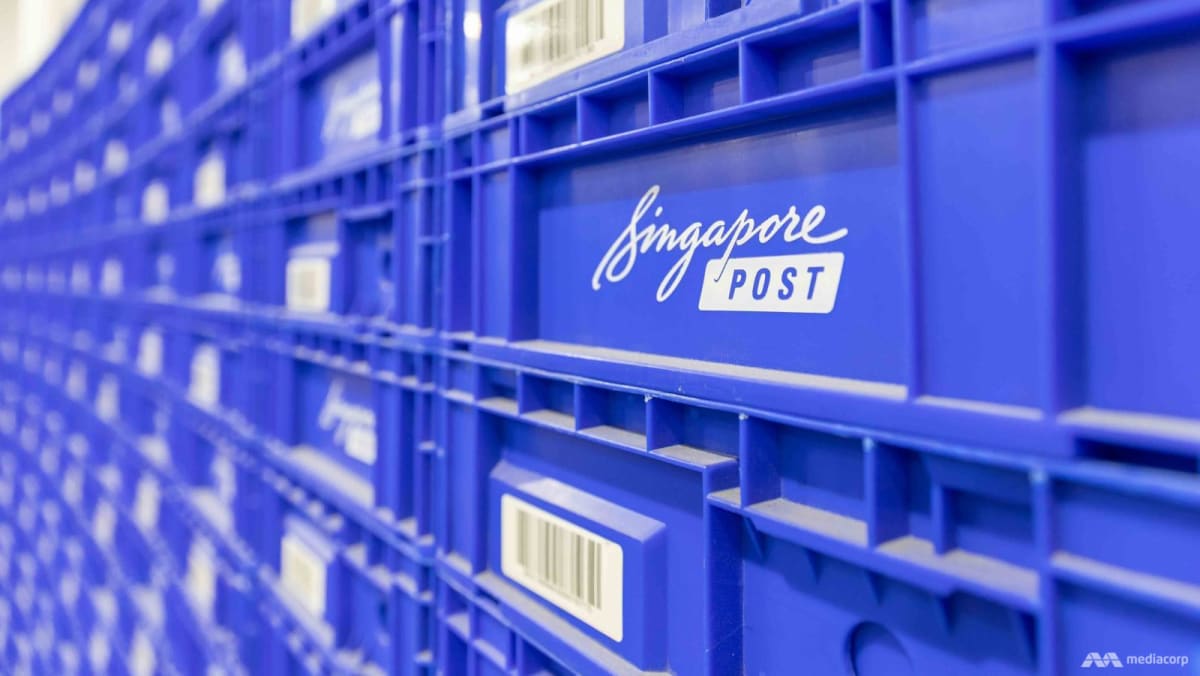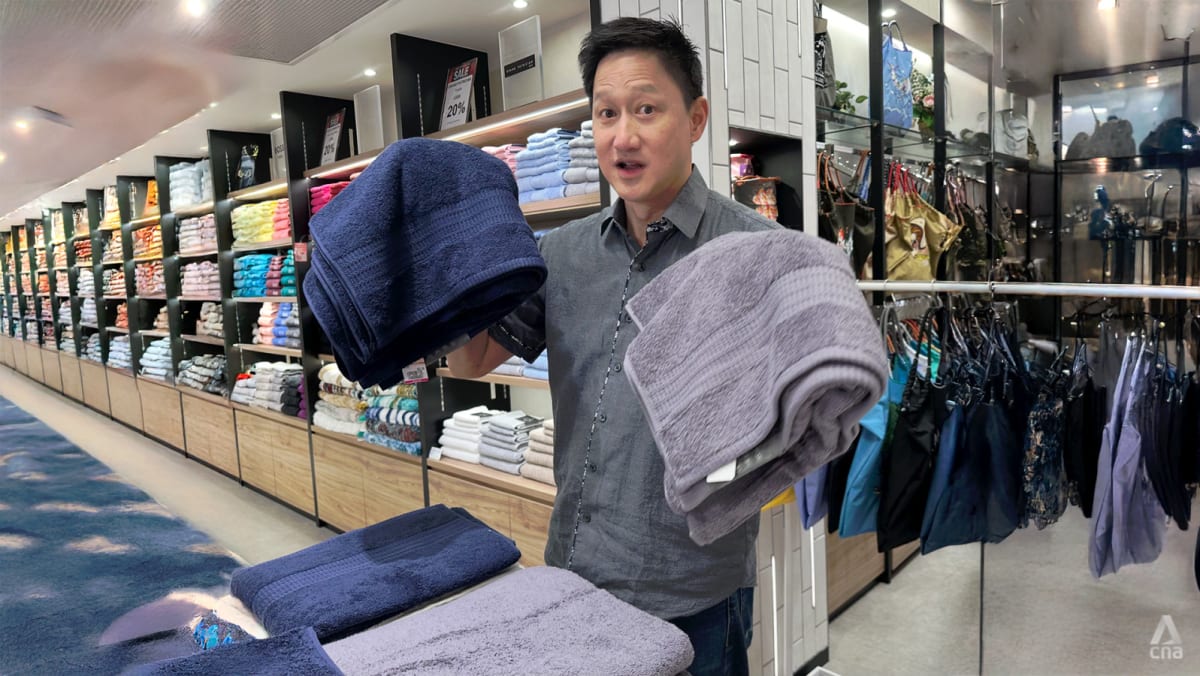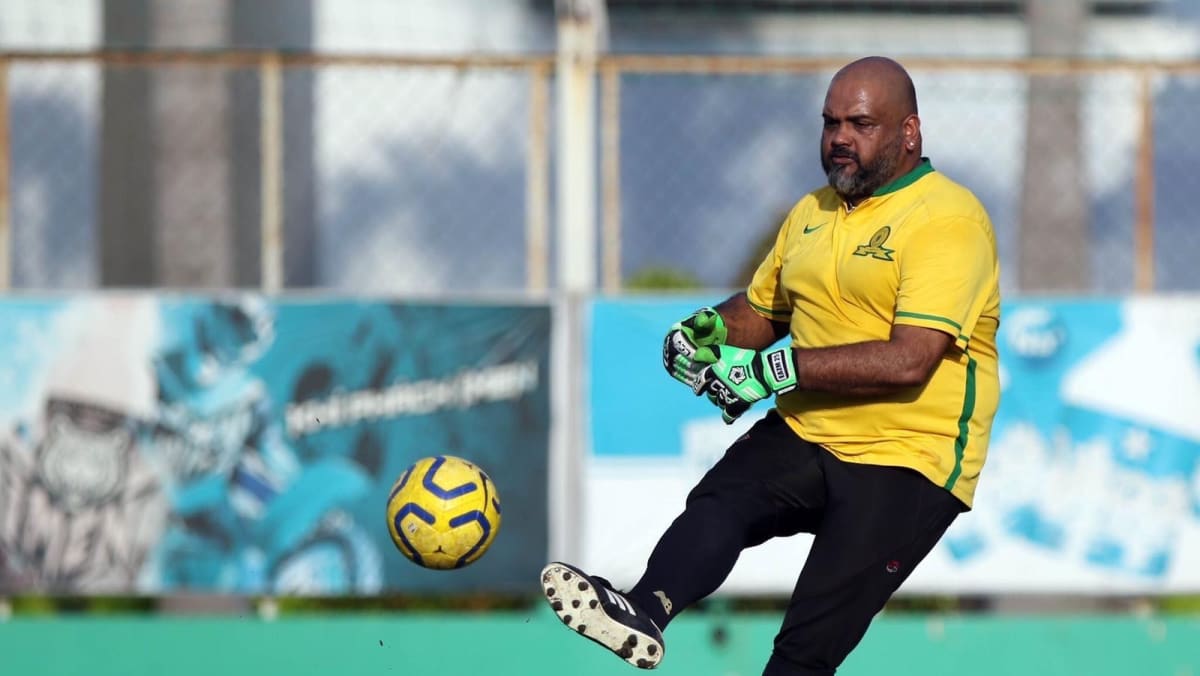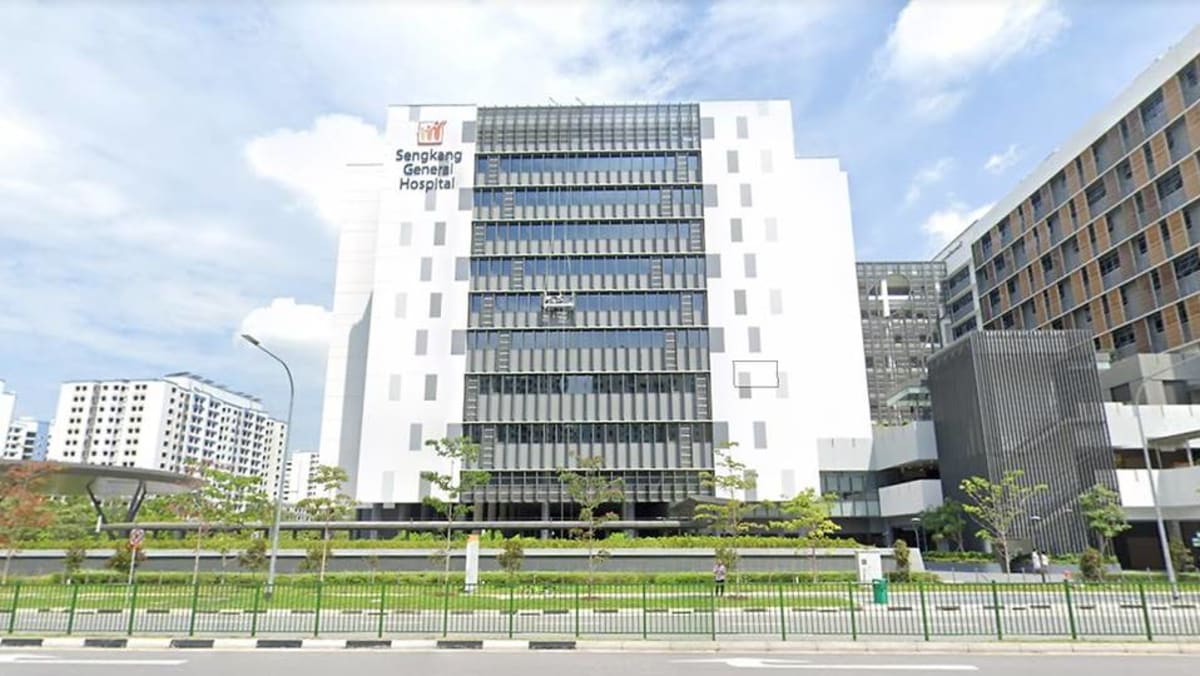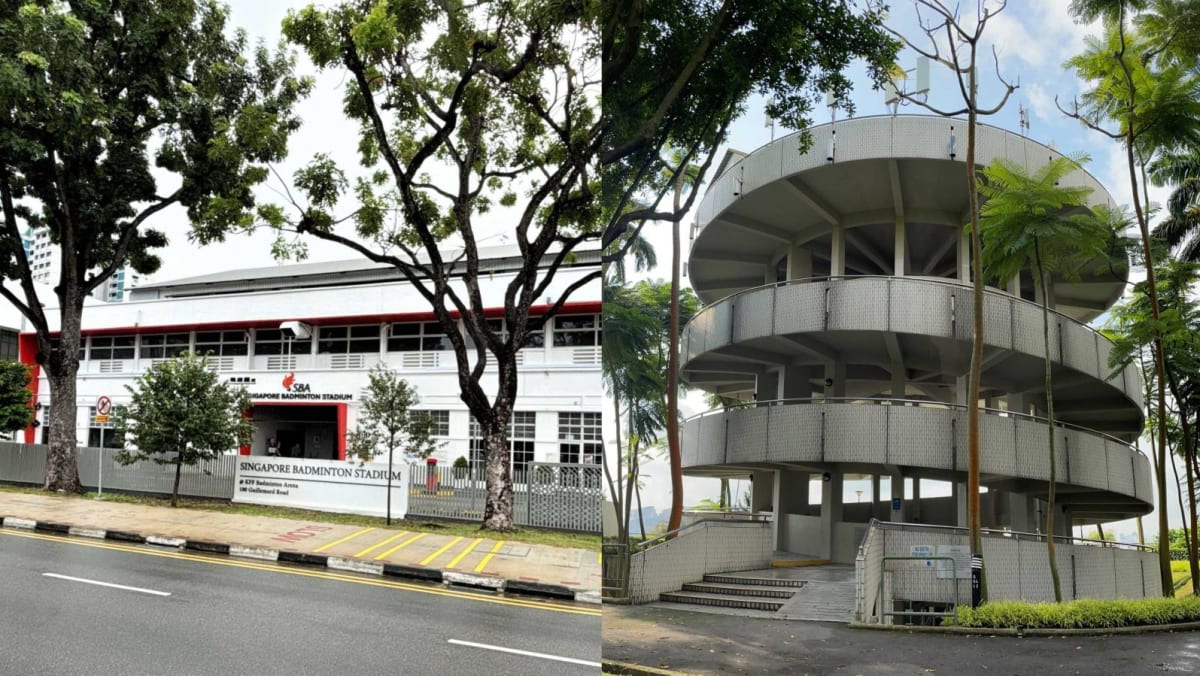While many consumers believe that choosing a lower sugar level, or omitting the syrup altogether, makes their drink healthy. This is often a misconception and could lead to an underestimation of the beverage’s sugar content.
According to the Health Promotion Board, even at zero per cent sugar, there are three teaspoons of sugar in a 500ml bubble tea drink with tapioca pearls – 30 per cent of the recommended daily sugar intake.
TACKLING THE OBSESSION WITH SUGARY DRINKS
Recognising the severity of the situation, the Singapore government has implemented numerous measures to address this health concern. The Nutri-Grade system mandated front-of-pack nutrition labels for pre-packaged beverages in 2022, and was extended to freshly prepared beverages in 2023.
The 2023 “siu dai by default” movement also encourages food and beverage establishments to offer freshly prepared drinks with less sugar as a default, with about 60 per cent of outlets now doing so.
While this progress in reducing sugar intake is commendable, the question remains: Is there enough recognition of the unhealthy obsession with sugary drinks in Singapore?
For this, education is key. On a recent visit to Singapore, I was impressed by posters in train stations that offered bite-size tips on being a better listener to loved ones grappling with mental health struggles. If similar widespread campaigns that raise awareness about sugary drinks are implemented in places with high foot traffic, the results could move the needle.
There could also be stricter regulations on advertising, especially in schools, to prevent the normalisation of sweet drinks. I remember growing up in the 90s watching Milo advertisements on the television that frequently featured athletes, and looking forward to the free Milo when the trucks came to our schools on sports day. Such associations shaped how healthy I believed malt drinks to be.
